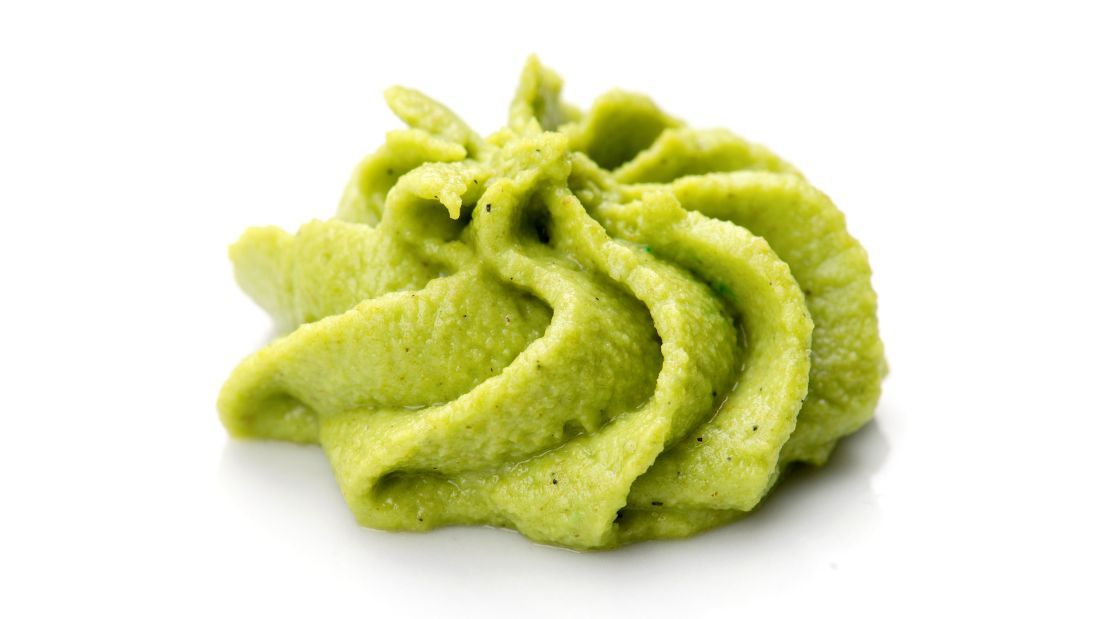Wasabi

This pungent condiment comes with benefits!
What is wasabi?
True wasabi paste is made from the grated stem of the wasabi plant which is fairly expensive and the resulting paste doesn’t have a long shelf-life. For these reasons, true wasabi is quite rare and you’ll come across it mainly in Asia. In fact, it’s very unlikely that you would find it in Europe – perhaps only in some exclusive restaurants or online as dried wasabi powder.
Most of what we know as wasabi paste is made from horseradish, mustard and a green food colouring or spirulina (which is a natural green colourant) – and is spicier than the real deal! You’ll find it served alongside sushi, sashimi and nigiri as a small light green dollop. If you’ve ever made the mistake of putting too much wasabi on your sushi, you know just how strong the flavour is – should you have a cold, it’ll clean out your sinuses in a second!
Because we only ever eat tiny amounts of wasabi, it’s not a significant source of nutrients but each type has specific health effects.
True wasabi
Wasabi is a Japanese horseradish and belongs in the cruciferous family. Its stem is a good source of some very strong antioxidants that reduce inflammation and may help prevent cancer. All cruciferous vegetables have anti-cancer properties so the more we eat, the better!
Wasabi also has antibacterial properties and can help you fight some common food-borne illnesses caused by bacterial contamination. It doesn’t mean you won’t get food poisoning but if you do, wasabi might make it easier for your body to handle it.
Common wasabi
The wasabi we usually eat is the stuff made from horseradish and mustard but it also has its health benefits! Horseradish and mustard are both from the cruciferous family, just like wasabi, and so have similar anti-cancer and anti-inflammatory effects.
Horseradish is very pungent and has been used in treating respiratory diseases for a long time. We’re not recommending it in place of actual medicines but it may help you recover from a cold or sinus infection. On the other hand, eating too much of it – either as wasabi or as horseradish sauce – may cause irritation of the mucous membranes in your mouth, stomach or even in the intestines. If you suffer from stomach ulcers or an inflammatory bowel disease, you should avoid it.
How to use wasabi?
Wasabi is mostly used as a condiment that goes well with sushi and similar rice dishes but you can use it to add flavour to a wide range of foods – sauces, mayo, salad dressings or marinades.
For culinary inspiration, see our Vegan Recipe Club recipes with wasabi!




